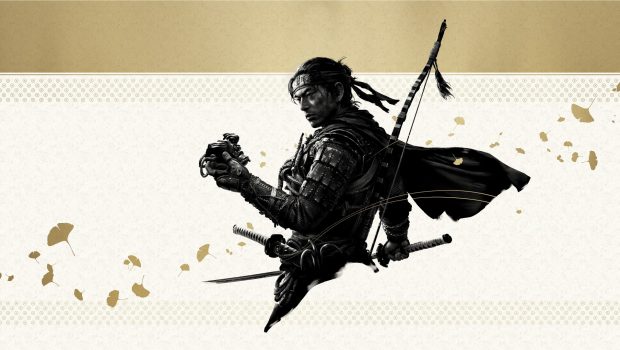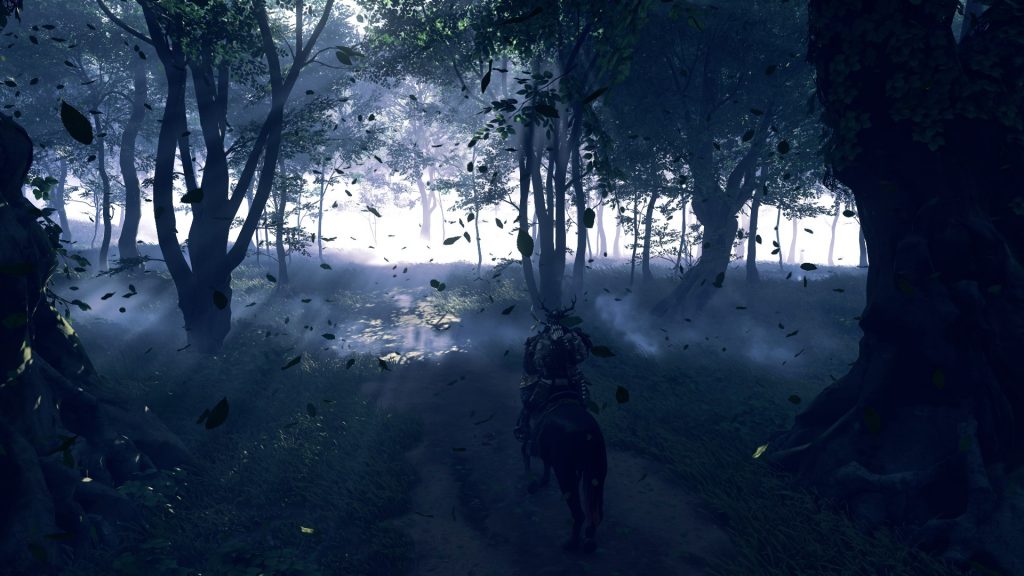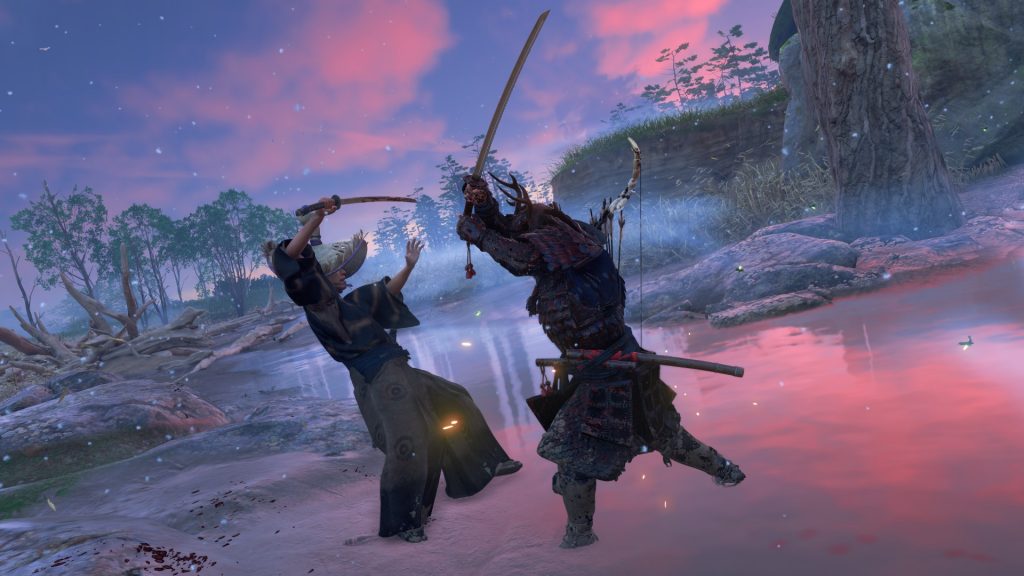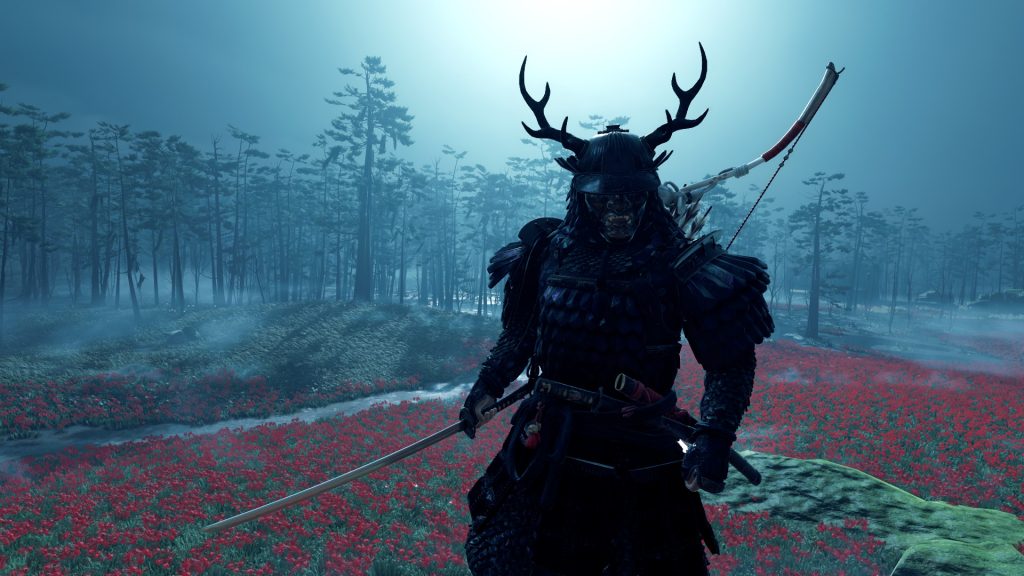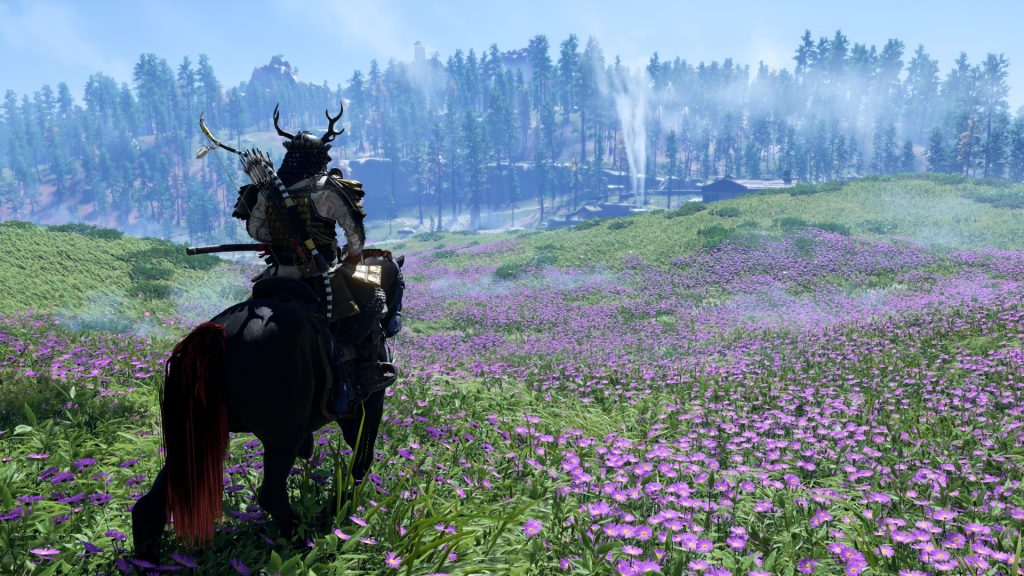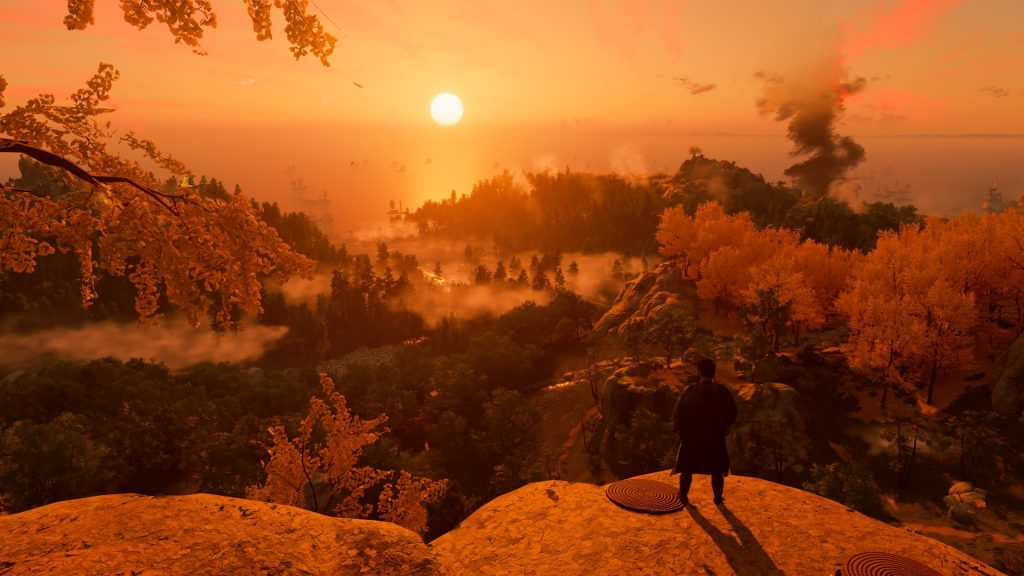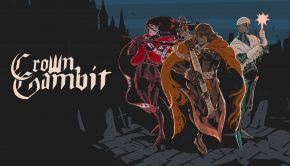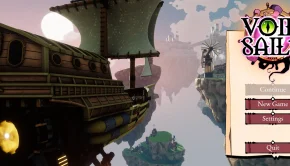Ghost of Tsushima: Director’s Cut PC Review @SuckerPunchProd
Summary: Ghost of Tsushima is one of the best samurai stories told in the history of video games. Its combat might not be as breathtaking and perfect as Sekiro: Shadows Die Twice but its world, side-quests, exploration, beautiful landscapes, and coherent gameplay mechanics, narrative and their evolution make it a timeless experience.
4.5
a timeless experience
Sony’s policy to publish PlayStation exclusive on PC was a win-win situation. The console giant not only gets to sell its already well-sold titles at full price on another platform, but it also demonstrates how timeless these experiences are that even years after their original release, they feel fresh! Ghost of Tsushima is the best example of that with its alluring sceneries, captivating story and continuously evolving gameplay.
Let’s talk about the game’s most recent feature first: The PC port! The game’s optimization is so great that even though it comes with DLSS and FSR3 upscaling methods, I didn’t need to use them to have a steady 4K@60FPS experience on my RTX4080. The game also supports other PC-exclusive technologies such as Frame Generation, DLAA anti-aliasing, and XeGTAO ambient occlusion. The Photo mode is also the best one I have seen in recent years with huge options from controlling wind and particle density to the weather and time of the day; the pictures used throughout the review are a testimony to that! Once again, Nixxes proved its worth by putting a bug-free, stable, and well-optimized PC port out there.
The story is set in 13th-century Japan. The Mongol army is on the verge of conquering Japan and the island of Tsushima is their first foothold. After a failed attempt by the ruler of the island and his samurai to push them back, Jin has to adopt new methods to prevent the total downfall of his home island and the whole of Japan; methods that blur the lines between a samurai’s code of honor and a shinobi’s blade in the darkness.
Ghost of Tsushima’s story and narrative are masterfully crafted. Jin’s inner struggle to turn his back on Bushido -the samurai’s code of honor- and become an assassin is truly felt with each new guerilla tactic he uses in battle through flashbacks of conversations about how the samurai are different from assassins. The player can feel his guilt and how his allies view him adds to the weight of this pain; pushing him further toward the ultimate decision he has to make by the end of the game. The side-quests and allies’ missions are also well-written to the point that going through each and everyone of them feels like a debt the player owes to Jin’s allies for being alongside him through his journey.
Combat is also well-balanced and continuously evolving. Jin can use stealth or direct confrontation when it comes to fighting Mongols. The stealth in the game is much like newer Assassin’s Creed games with different techniques such as aerial and chain assassination at hand. Direct confrontation is where combat gets more diverse. Jin can use his katana to deal with enemies in fights that feel like the Batman Arkham series. He can challenge enemies to standoffs that feel right out of samurai movies; cutting them down with one lightning-fast slash. Heavy attacks break the enemy’s guard and open them up for deadly fast attack and a well-timed parry can lead to deadly counterattacks. Through the game, Jin gets new weapons such as bows, different types of bombs, and also different special moves that add more depth to the combat while making the players feel like samurai mastering the ancient arts of war.
While the previously mentioned elements and mechanics in the game provide a unique experience, the downside is that they are not always functioning perfectly. For example, it is not always possible to challenge enemies to standoffs since the prompt to do that needs to appear on the screen. One notable example is during Jin’s first to rescue Lord Shimura. He is asked by his allies to either infiltrate the Mongol fort stealthily or head on and if the latter option is selected, no standoff option is available. Even during some standoffs, the game just refuses to register player input and make Jin ready his sword. I experienced it multiple times when using both DualSense controller and keyboard and mouse.
This lack of consistency in gameplay mechanics is not limited to standoffs. Sometimes the game also fails to register player input when trying to parry enemy special moves after unlocking the respective skill. That is partly because of the game’s hit snapping. I frequently see that when enemies start an attack and automatically cover some distance between themselves and Jin, they fail to reach him, and their special attack just barely misses him and consequently, Jin’s parry mechanism is not triggered.
Lack of consistency in the mechanics is not the only issue of the game. Ghost of Tsushima suffers from other rough edges in gameplay that are not usual when it comes to PlayStation exclusives. For example, there are so many buttons for doing relatively the same action. In other games of the genre like Batman Arkham or Middle-Earth: The Shadow series, dodging, running, and jumping are done all by a single button but Ghost of Tsushima uses separate inputs for each action. There are even two different buttons for using Focus inside combat which slows time while aiming a bow and outside combat which reveals enemies through obstacles.
The same goes for the game’s quick-action menus. There is a menu for chosing fighting stances -different techniques that help Jin deal with different types of enemies more efficiently-, another for selecting ranged weapons, and one last menu for quickfire tools. Using so many separate inputs and menus for relatively the same actions is confusing here; especially since most games in the genre have already taken the simplified tried-and-true systems.
On the other hand, progression and difficulty management is one of the game’s better features. New side activities are added to the game as the main story progresses. For example, at the beginning of the game, the open-world side-activities are mostly chasing foxes to find shrines used to upgrade charm capacity, finding hot springs to increase maximum health, writing poems while viewing Tsushima’s vistas, and disbanding Mongol camps. But in the second act of the game, Jin is also tasked with finding Mongol-occupied farmsteads and liberating them while saving the farmers taken as hostages.
The consistency of the narrative of the game facilitates and prolongs the immersion to the point rarely seen in other open-world action adventures. Unlike most of its peers, Ghost of Tsushima doesn’t force the players to constantly open a map and look for points of interest because there are organic elements that lead the player to them such as black smokes that rise from Mongol camps, white smokes that lead to refugee camps or side-quests, burning villages that can be freed, and last but not least the golden bird that approaches Jin and guides him toward points of interest. And if all that is not enough, players can push a button, and a gust of wind will flow through the meadow; organically guiding them to their next objective or nearby side activities.
Ghost of Tsushima is a visual phenomenon in gaming. It portrays different visually astonishing landscapes and at the same time, does it so naturally that it feels like going on a safari on an Asian island. The golden ginkgo forests, the green meadows dancing under the rain and wind, the magical Garden of the Gods lit by thousands of fireflies, it all feels delightful and at the same time, natural; like a rare moment captured on a nature documentary. Of course, there are some technical shortcomings such as the outdated global illumination techniques that sometimes result in glares and light reflections that come straight from AA games of the PlayStation 3 era! Yet, the mentioned shortcomings are far less common than the beautiful and carefully crafted vistas.
Last but not least is the game’s multiplayer mode. Ghost of Tsushima: Legends is available right away for those who like to have a samurai vs. Oni journey with their friends. There are three different gameplay modes; two of them -story and survival- are PvE and Rivals is PvPvE. Though cross-play is readily available, it only works with friend invites; meaning players can’t randomly play with other Legends players on other platforms. Of course, Nixxes said they are working to expand the option. When it comes to gameplay depth and replayability, the multiplayer modes are nothing more than just a snack to be enjoyed with friends compared to the main story.
Ghost of Tsushima is one of the best samurai stories told in the history of video games. Its combat might not be as breathtaking and perfect as Sekiro: Shadows Die Twice but its world, side-quests, exploration, beautiful landscapes, and coherent gameplay mechanics, narrative and their evolution make it a timeless experience.


